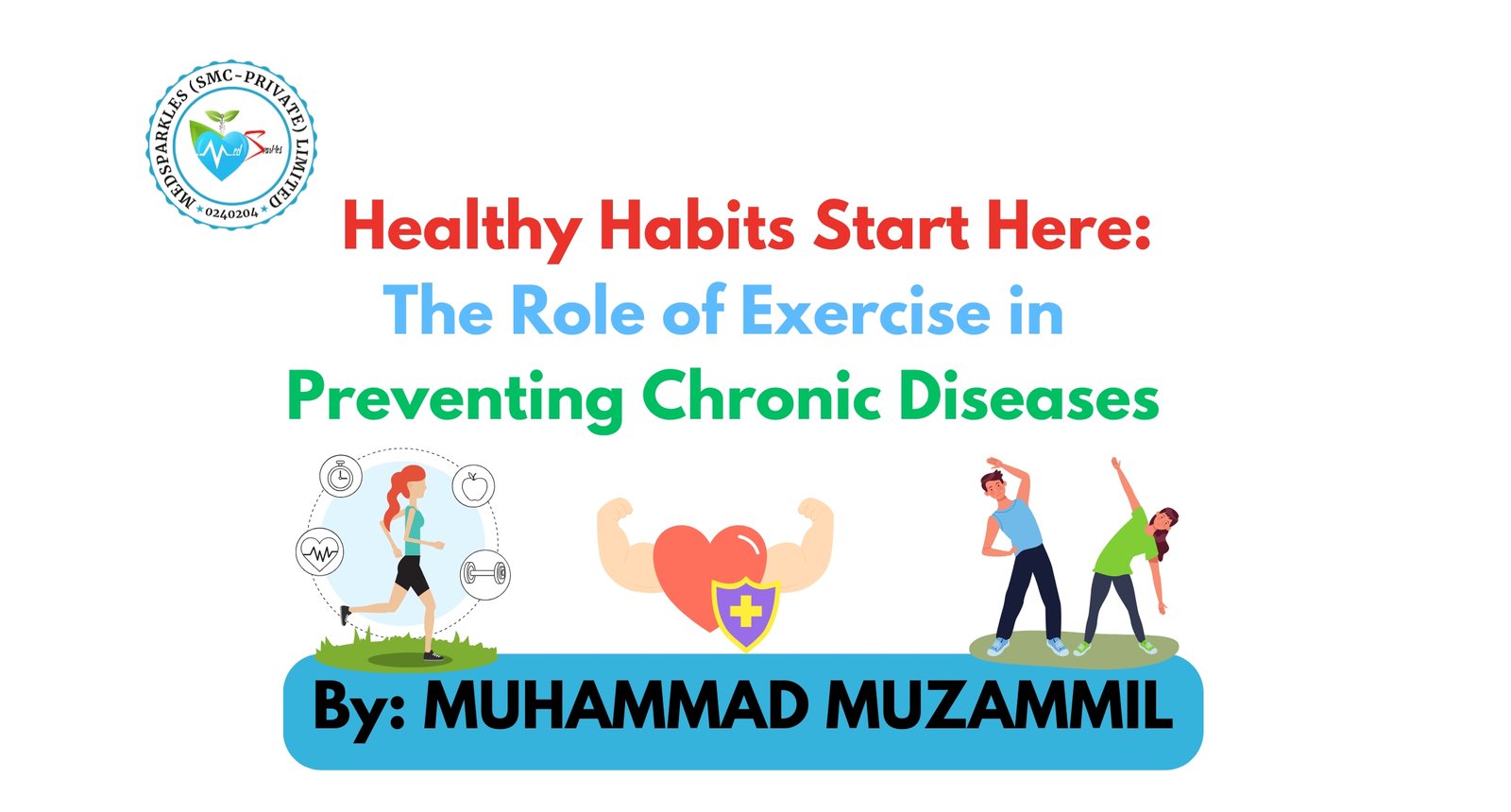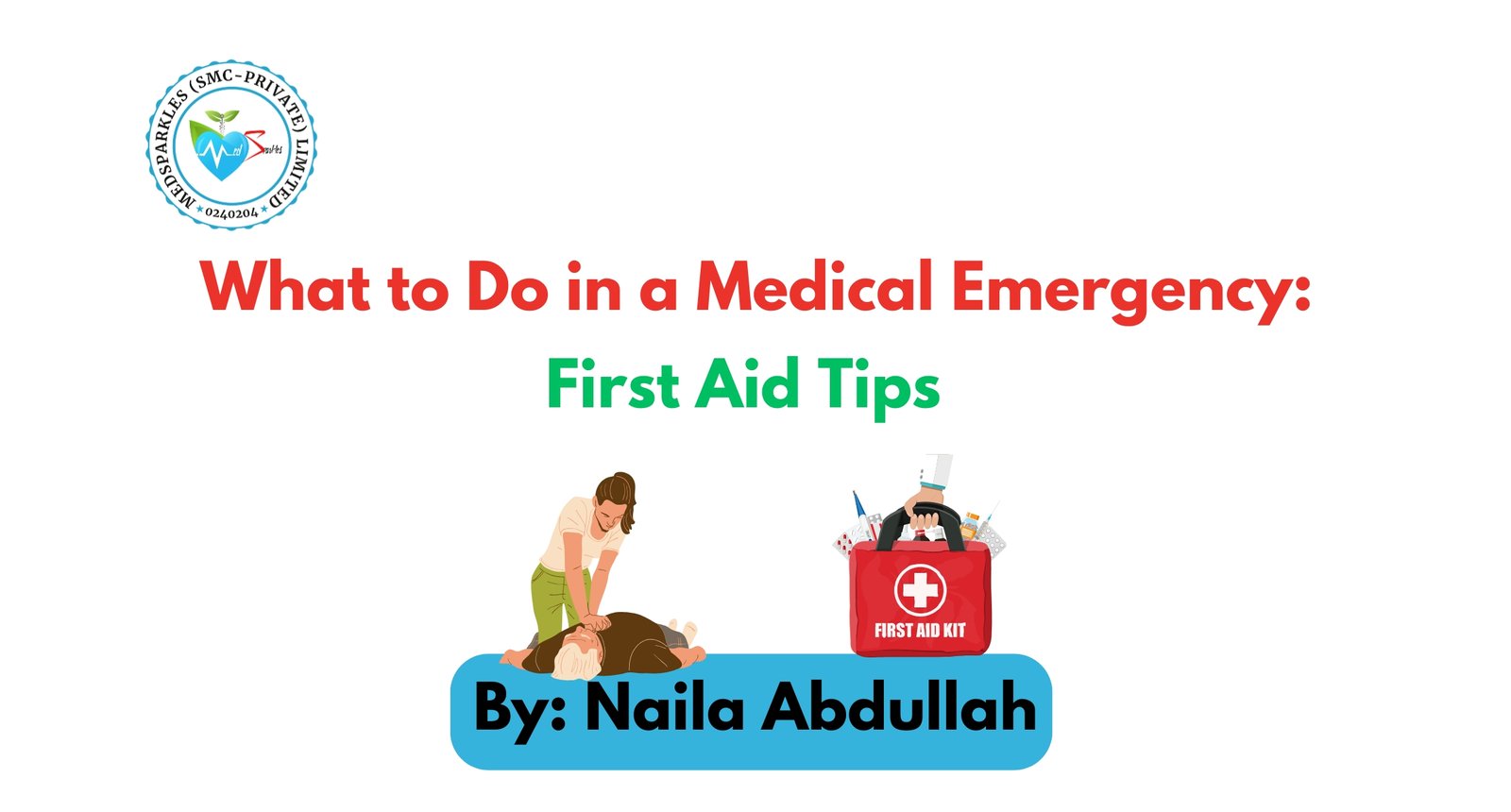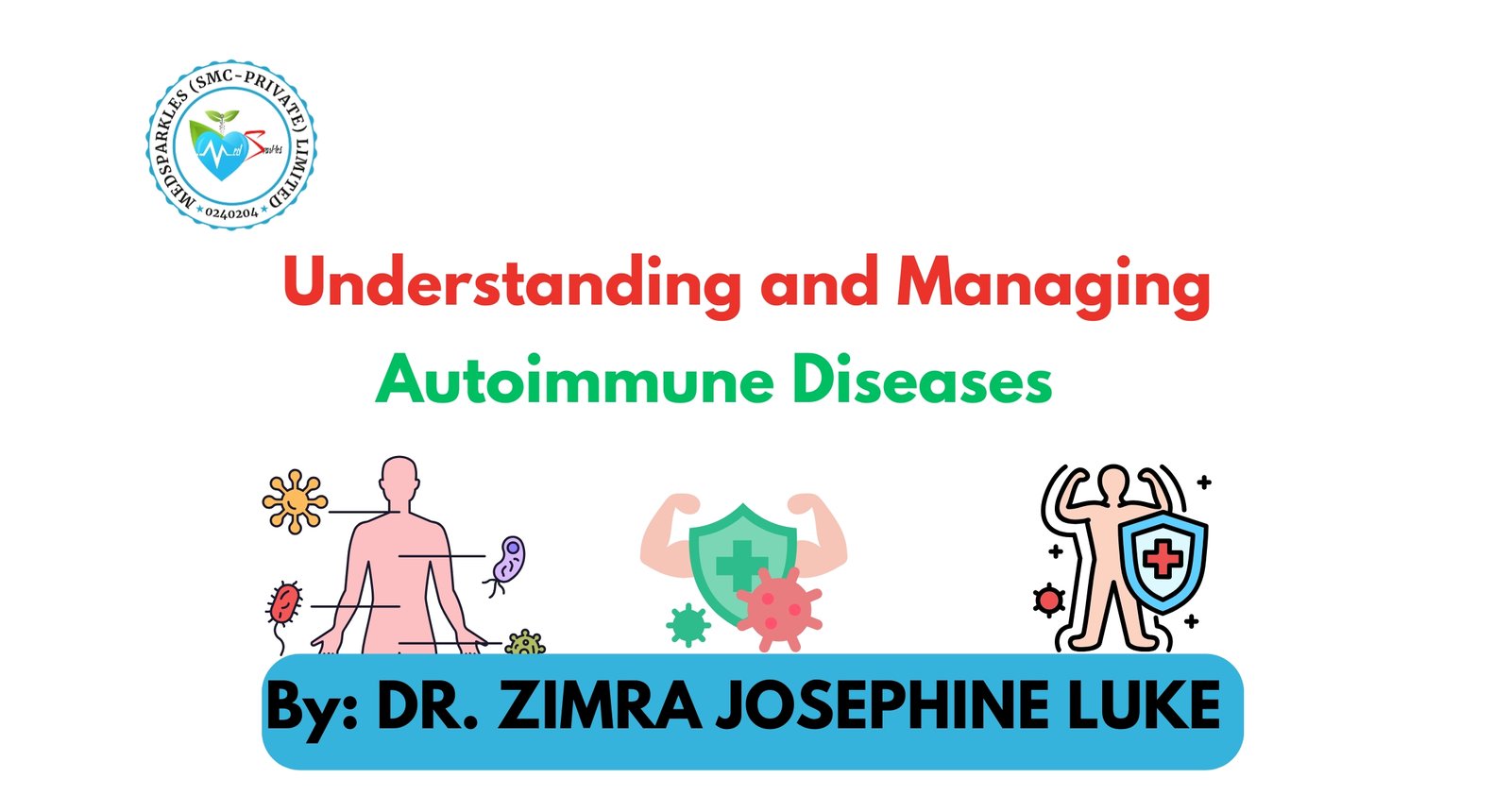It is true to say that the power of prevention does not lie in pills but in something far simpler–Exercise! In a world where chronic diseases like hypertension, diabetes & heart diseases are at the top of the list. In addition to sculpting the body, regular physical activity serves as one of the most effective medicines for maintaining long-term health. It strengthens the heart, balances glucose levels, reduces inflammation, and even boosts cognitive function. Discover how exercise transforms the future of preventive healthcare and also your own well-being.
Understanding Chronic Disease
Chronic diseases are health conditions that can last a year or more and may require ongoing medical treatment. Most chronic diseases can be managed so you can live a long, healthy life, but some people may still develop complications or disability regardless of treatment or medical care.
Why Physical Inactivity is the New Global Epidemic
According to the WHO and the Lancet global health study shows that 31% (1.8 million) of adults worldwide were physically inactive in 2022, a 5% rise since 2010. If the same ratio continues, inactivity could reach 35% by 2030. This increases the risk of heart disease, diabetes, dementia, and cancer. Such inactivity is highest, particularly in the Asia Pacific and South Asia, among women and older adults. WHO strongly recommended policies, community initiatives, and societal efforts to make physical activity accessible and tackle this global health threat.
How Does Exercise Protect the Body?
Regular physical activity will lower blood pressure, maintain cholesterol levels, and also reduce blood sugar levels. Exercise reduces the risk of diseases such as heart attacks, stroke, diabetes, colon cancer, breast cancer, osteoporosis, obesity, depression, and even dementia (memory loss). Exercise slows down the process of aging, boosts energy level, and increases span of life. You should exercise nearly every day except during illness. That does not mean hitting the gym or specific training, but at least 30 to 40 minutes of exercise, such as walking, or 15 to 20 minutes of vigorous exercise. Aim to walk or run at least two miles a day. You can do it at once in 10-minute chunks if that is compatible with your schedule. If you need more help with stress, consider autoregulation exercises involving deep breathing or muscular relaxation.

Recommended Exercises Guidelines
According to the WHO (2020), regular exercise is essential for maintaining overall health and preventing chronic diseases. WHO recommends that adults (18-64 years) engage in 75-150 minutes of activity per week, along with muscle-strengthening exercise at least two days weekly. Older adults (65+ years) should follow the same guidelines, but include balance and strength training three times per week. Children and adolescents (5-17 years) need at least 60 minutes daily of vigorous exercise with muscle and bone strengthening exercise on three or more days weekly. Pregnant and postpartum women are advised to perform 150 minutes of moderate activity weekly with safe strength and flexible exercise, while people with chronic illness should be as active as their abilities allow, including strength and balance activities for benefits.
Barriers to Regular Exercise and How to Overcome Them
Common barriers include lack of time, social support, energy, motivation, skill, or fear of injury prevent people from engaging in regular physical activity. Some other conditions, such as high cost, limited access to facilities, and unfavorable weather conditions, also demotivate participation.
To overcome these challenges, individuals can plan and integrate physical activity into routines_inculding cycling to work, walking, or using stairs. Starting slow, scheduling workouts during energetic hours, and choosing safe, low-cost, or indoor alternatives help maintain consistency. Learning, finding enjoyable, proper technique, and accessible activities can make physical activity a sustainable part of daily life. Building social connections through exercise with friends, group activity, or joining fitness clubs can enhance motivation.

The Future of Preventive Medicine: Exercise as a Prescription
The Exercise is Medicine (EIM) imitative promotes the inclusion of physical activity as a standard component of medical care. It motivates the healthcare provider to analyze patients’ physical activity level at every visit, educate inactive individuals, advise basic exercise plans, and refer them to community resources for support.
EIM was founded in 2007 by Dr. Robert E. Sallis of the American College of Sports Medicine (ACSM). EIM has grown into a global health initiative spanning over 40 countries. In the beginning years, EIM focused on spreading awareness that “exercise is good medicine.” Later, it shifted toward integrating structured exercise programs into the healthcare system. EIM differs from exercise medicine, a medical specialty under sport and exercise medicine. The long-term vision of this program is to make physical activity a vital sign in clinical practice, transforming exercise into a central tool for disease prevention and health promotion.
Conclusion: Regular physical activity is a powerful tool to improve overall health and prevent chronic disease. The exercise is medicine initiative emphasizes that movement should be thought of as a vital part of healthcare, not just a lifestyle choice. By adopting exercise as a daily habit, individual can take charge of their health, lower the risk of disease, and ultimately move more, live longer.
“Move More Live Longer”
Frequently Asked Questions (FAQs)
1) How does exercise help prevent chronic disease?
Exercise is a powerful tool for the prevention of disease. It improves heart function, enhances blood pressure, regulates blood sugar levels, strengthens muscles, and reduces inflammation. These effects protect the body from major chronic diseases such as diabetes, cardiovascular disease, and hypertension.
2) What types of chronic diseases can be prevented through regular exercise?
Staying physically active generally lowers the risk of various long-term conditions, including type 2 diabetes, obesity, heart disease, stroke, high blood pressure, osteoporosis, and certain cancers like breast and colon cancer.
3) How much exercise do you need to stay healthy?
According to WHO, adults should aim for at least 150-300 minutes of moderate-intensity or 75-150 minutes of vigorous-intensity activity each week plus muscle-strengthening activities on two or more days.
4) Can exercise really be as effective as medication in preventing disease?
Yes, in many cases. Studies show that consistent exercise can help control blood pressure, blood sugar level, and cholesterol level as effectively as some medications, particularly for preventing or managing type 2 diabetes and cardiovascular diseases.
5) Is it safe to exercise if you already have a chronic condition?
Absolutely, but always consult your healthcare provider first. With professional guidance, personalized exercise plans can safely improve strength, flexibility, and overall health even in those with chronic illnesses.
6) How can I stay motivated to exercise regularly?
Find out what you enjoy, whether it’s walking, running, or swimming. Set realistic goals, track your progress, and exercise with friends or a group to stay consistent and inspired. Remember, progress is built on consistency, not perfection!





